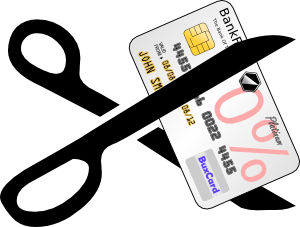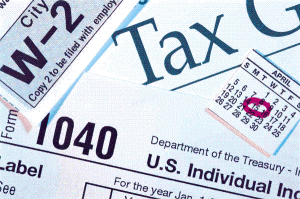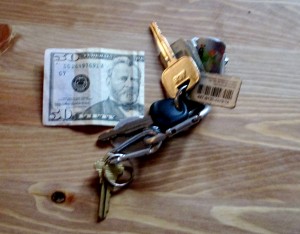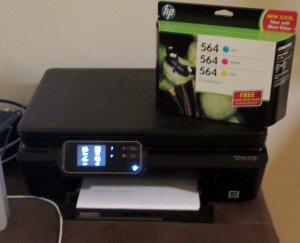With a New Year beginning, many of us take a fresh look at personal finances and we consider how to improve the standing of our families. This a great time to eliminate (or at least reduce!) credit cards in your life.
Part of our continuing series on worry-free cash management.
It is so easy to run into money problems in our Credit or Debit world. If you are trying to maintain a tighter money ship, you probably already know that you should avoid credit cards. If not, let’s be clear:
 Avoid Credit Cards!
Avoid Credit Cards!
Yes, this can be harder than it sounds. We know there are times when expenses must end up on credit. But it should happen only in an Emergency. Ultimately, credit cards are a trap. They suck away the money that you could be spending on cool adventures with your family. So you need to stop using plastic for average purchases.
If you are in the habit of using credit cards, or if you have “Emergencies” more than once a month, then you are hooked on plastic!! You need to find a way to break this habit. We suggest you begin by immediately creating a Monthly Budget.
You won’t get much of a handle on your credit cards unless you understand where you are wasting money and then figure out a way to stop it. A budget will help you find a balance between your income and expenses. It will also help you spot places to cut back on your expenditures.
We recommend that you itemize each purchase that you put on credit. Start by keeping your receipts and/or go through a recent bank statement very carefully. Sort your purchases into categories, like “Real Emergency”, “Snacks”, “Splurge At Target” etc, to understand the expenses that you should try to find a way to pay with in cash.
This is an eye-opening experience for many people. We all tend to pull out the credit cards thinking something like, “Well, I’ll send in an extra big payment this month, and that will even things out.” But if you are living on a tight income, you might not be able to send out much over the minimum payment. Then the interest kicks in on your bill– and that is the start of major trouble. Or you send that extra big payment, but now you have to pay a different bill late. And the fees kick in on that late bill– and you are again in trouble!
If you discover that you over-use your credit cards, try the following:
> Figure out how much money you really make each month. Many people over-estimate their income by neglecting to consider taxes and insurance plans that reduce their take-home pay.
> Figure out a realistic budget for your groceries and other household expenses. Pay careful attention to snack foods (including coffee) and lunches. These are common areas where people most often over-spend.
> Find places in your budget where you can lower expenses, like Car Insurance, Cable TV and Cell Phone plans. These are all expenses that can often be lowered just by getting in touch with customer service and saying that you want a package that lowers your bill. And if these providers can’t lower a bill, you can often rework a package so that you get more bang for you buck: more channels, lower deductibles, etc.
> Create a plan to pay down and ultimately pay off your existing credit card debt. Start with concentrating on one card and when you reach a ZERO balance, cut it up and move on to the next card.
We’ll help you fine tune these steps in a future post, but you need to get started on the basics now. A great tip is to simply stop carrying your credit cards around in your wallet. If the tempting plastic isn’t with you, at least you will have to think about your purchases more carefully.






